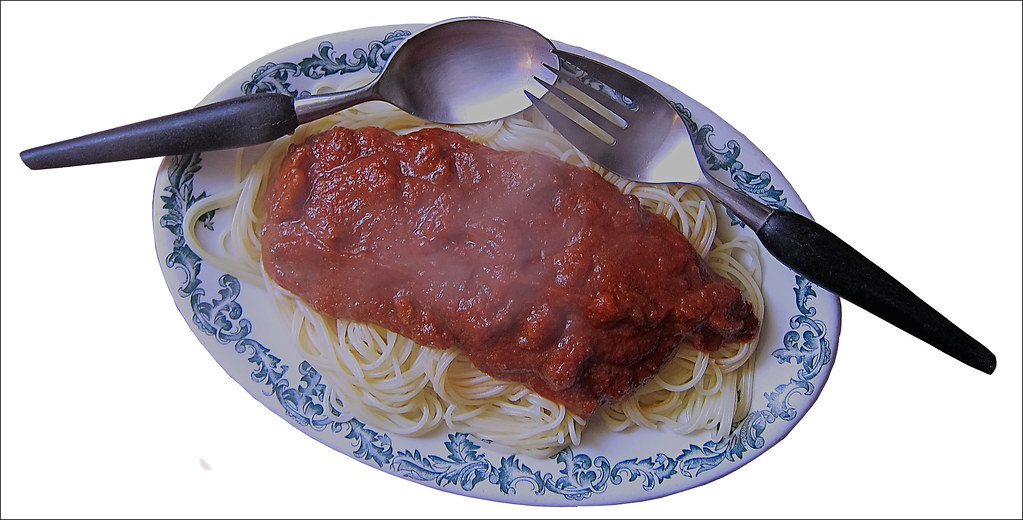OUR SALMON GOT IT
Get Your I.D. Right
this can get you
 |
| CDC Emerging Infectious Diseases |
-------
.. Back in 1999 the Centers for Disease Control, (CDC,) suggested the possibility that Diphyllobothrium nihonkaiense could be present in North American Salmon, (LINK-A.) |
| CDC Diphyllobothrium latum |
.. Because of range and migration changes for salmon populations over the last two decades the CDC noted the possibility of the tapeworm genus moving into the Eastern Pacific Salmonid populations.
.. Now the occurrence of the genus has been confirmed in North American Populations of Pink Salmon, [Humpies,] Oncorhynchus gorbuscha.
.. The current CDC EID Journal contains an "Ahead of Print" note about research that shows Diphyllobothrium nihonkaiense Tapeworm Larvae in the salmon (LINK-B.)
.. Humpies are the smallest and most numerous of the Pacific Salmon and account for the majority of the 'wild caught' salmon in the Pacific by both Russian and North American fishing fleets.
 |
| From Wikipedia |
.. The research also suggests that many misidentifications of the tapeworm in wild fauna, (bears, wolves, foxes, etc.,) attributed to Diphyllobothrium latum may in fact be attributed to the Japanese Tapeworm Diphyllobothrium nihonkaiense.
.. Other salmonids in the Northwestern Pacific have also been found to be infected with both species of tapeworms.
.. Because transportation of most wild caught salmon is on ice, the resurgent population of the tapeworm is of concern to folks that eat wild caught salmon.
.. Recently CNN ran an interesting note about the occurrence of the tapeworm, its distribution, possible infection vectors, symptoms in humans, and what to do if you eat sushi (LINK-C.)
.. We're going to have some kippered herring and soda crackers with a bit of cream cheese.
-------
 |
| WALLPAPER: CAPELLI D'ANGELO & SAUSAGE GRAVY |




.jpg)






